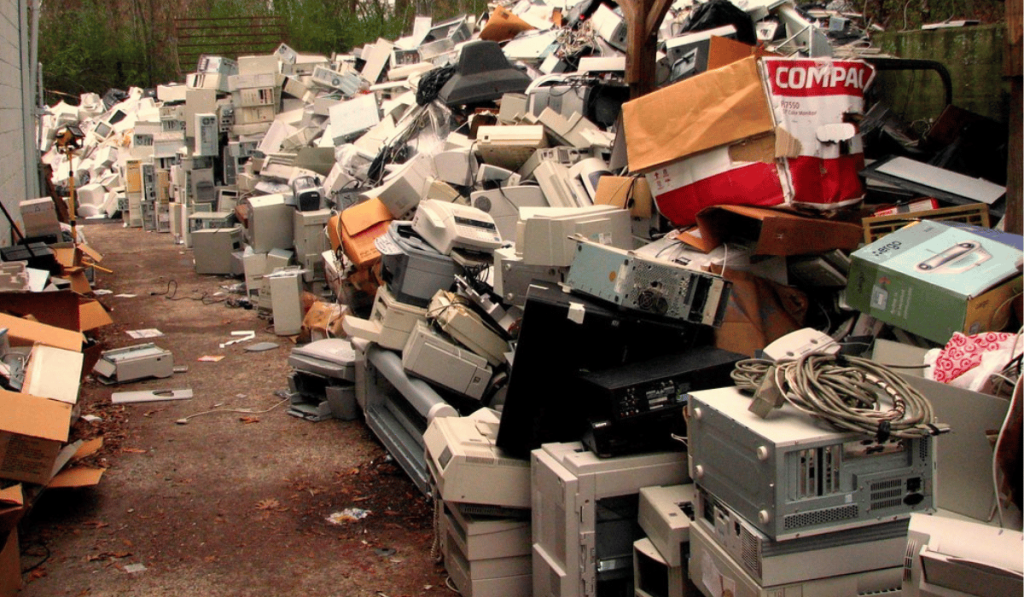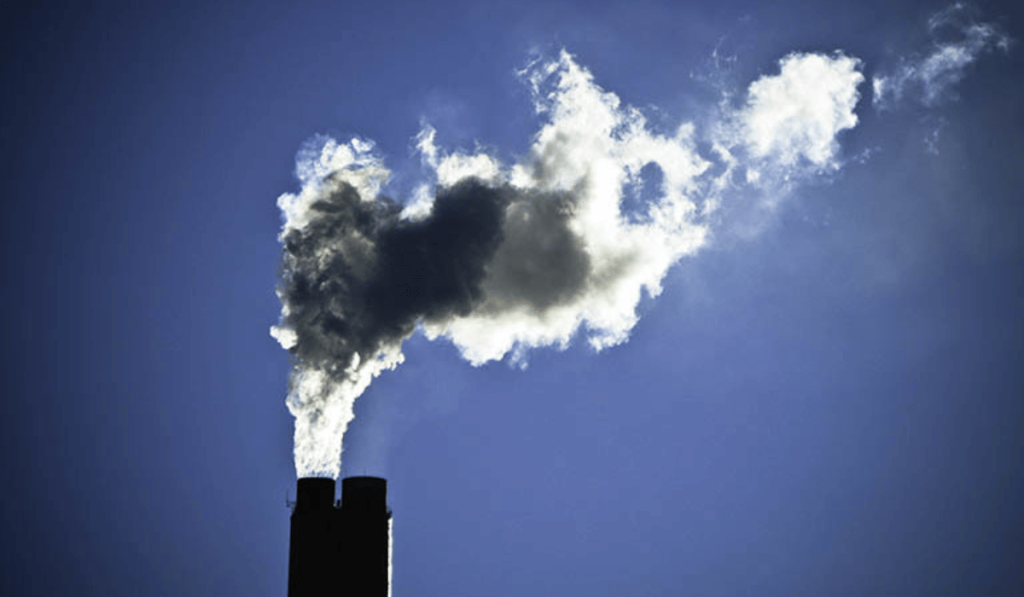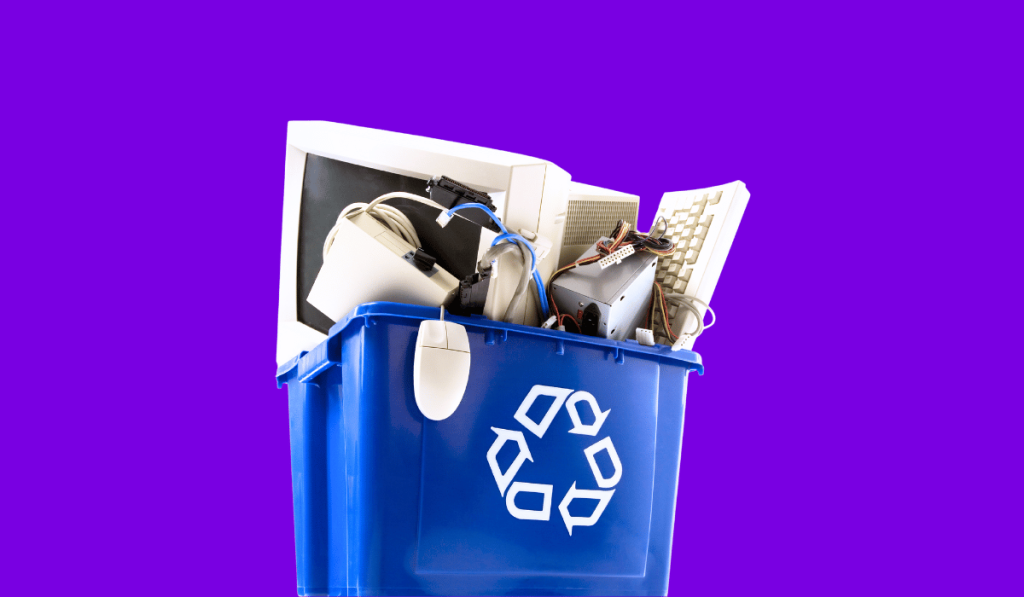Discover how recycling electronics reduces e-waste, pollution, and resource depletion—while creating a cleaner, greener future.
We live in a fast-paced world. We, as a society, constantly upgrade our electronic devices. Upgrading betters device’s performances and features for many users. However, it also means that millions of electronics are discarded. Many of these discarded electronics end up in the landfills that create an environmental crisis known as e-waste.
At Gizmogo, our main mission is to fight this e-waste crisis. Simply by offering an easy and fast way to sell or recycle used, old, and broken electronics. We help keep toxic materials from polluting our environment. Let’s dive into how recycling your electronics has a real environmental impact—and why it matters the most now more than ever.
1. What Is E-Waste and Why Is It a Problem?

E-waste, short for electronics waste, refers to electronics that are discarded due to them being outdated or broken.
The world generates over 60 million tonnes of e-waste each year, but only about 20% is recycled. The rest ends up:
- in landfills
- burned in incinerators
- shipped to developing countries with lax disposal regulations
2. Recovering Valuable Resources

Electronics are made up of precious metals, as well as just plastic. Some of these valuable materials include:
- gold
- silver
- copper
- rare earth materials
According to the EPA, recycling 1 million phones can recover 35,000 pounds of copper, 772 pounds of silver, 75 pounds of gold, and 33 pounds of palladium.
Simply by recycling, instead of mining, we reduce need for energy-intensive raw material extraction, destructive mining operations that harm ecosystems, and the dependency on unsustainable supply chains.
3. Reducing Landfill Overflow
Landfills are made to handle solid waste, not hazardous electronics. When old and broken electronics are tossed into landfills:
- batteries can explode or leak toxic chemicals
- internal components and screens degrade over time and contaminate soil and groundwater
- they occupy space that is for biodegradable waste
4. Preventing Air and Water Pollution

Disposing electronics improperly, by either burning or dumping, can release dangerous pollutants. Dioxins and furans release after burning plastic components, which cause cancer.
When dumping, it can lead to chemical runoff, further contaminating our rivers and oceans. Finally, when incinerating lithium batteries, it can cause explosions and acid gas emissions.
5. Cutting Carbon Emissions
When new devices are manufactured, a large amount of energy is used, such as mining, refining, shipping, assembly, and packaging. This process contributes to an electronic device’s carbon footprint.
Refurbishing and recycling can cut these emissions by:
- reusing components like screens, circuit boards, batteries, etc.
- reducing the amount of devices being produced
- keeping electronics in use longer rather than parting with them after minor wear and use
Here at Gizmogo, we extend the life of every device, when possible. Many devices we buy are returned to working condition and given a second life.
6. Preserving Natural Resources

It’s not about just toxic waste—it’s about sustainability. Mining raw materials for electronics means:
- destruction of forests
- water-intensive processing
- high energy use
When your recycle electronics properly, you help in preserving:
- wildlife and forests
- clean water supplies
- finite material reserves
7. Safe Battery Disposal
Lithium-ion batteries are found in almost every device. They are extremely hazardous when not handled correctly. Here are a couple things that can happen:
- they can overheat and start a fire
- they can contain corrosive electrolytes
They must be handled by certified recyclers. Gizmogo partners with certified e-waste processors that follow strict federal and state guidelines to safely recycle and handle these type of materials.
→ Selling Broken Phones: What You Need to Know (Coming Soon)
8. Encouraging Eco-Friendly Tech Habits
When you recycle with Gizmogo, you are not just disposing of an old or broken electronic. You are making a choice.
- A choice to reduce your carbon footprint
- A choice to protect the planet for future generations
- A choice to support businesses that prioritize sustainability
More and more consumers make that choice every day. Manufacturers take notice, which leads to:
- more eco-conscious design in products
- improved trade-in programs
- and less planned obsolescence
9. Why Gizmogo's Model Matters

At Gizmogo, our approach combines the ease of use with real environmental responsibility.
- Free U.S. shipping on all orders
- Accessories optional
- Acceptance of broken and old electronics
- Transparent process: refurbish, reuse, recycle
- Email notifications of every step from shipping to payment
We make it easy to do the right thing while rewarding you for it.
10. What You Can Do Today
Here are a few ways you can reduce your impact today:
1. Sell or recycle unwanted devices instead of tossing them or storing
2. Educate others about the impact of e-waste
3. Buy refurbished electronics, if possible
4. Use your tech longer by choosing repair over replacement
5. Collaborate with certified platforms like Gizmogo to promote sustainability
Conclusion
Recycling electronics does not mean only freeing up space in your drawer or closet. It helps preserve our planet. Choosing recycling will reduce toxic waste and conserve natural resources. Together we can minimize the environmental cost of modern technology.
Make a difference today → Sell Electronics Here


